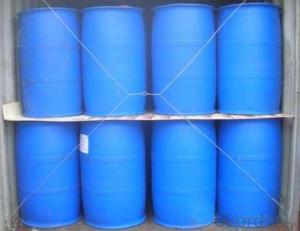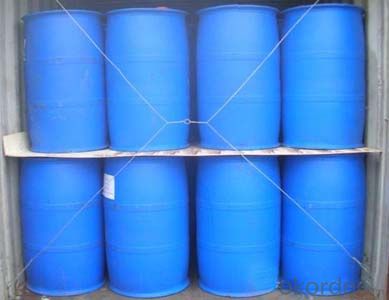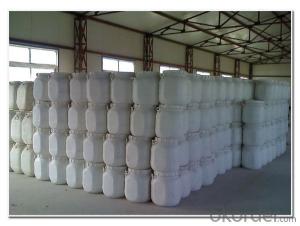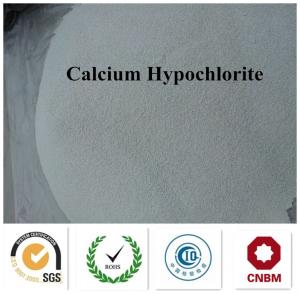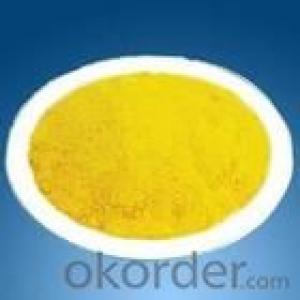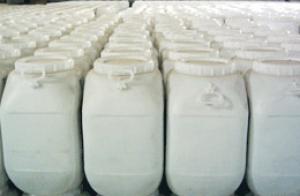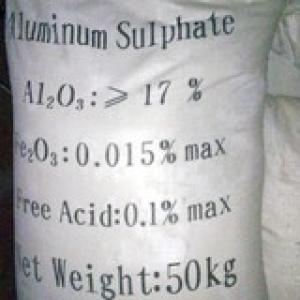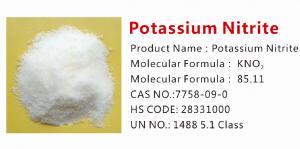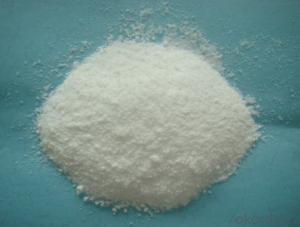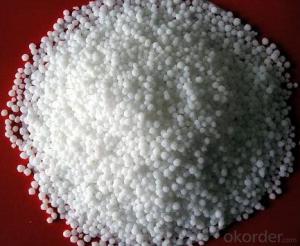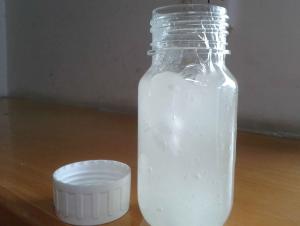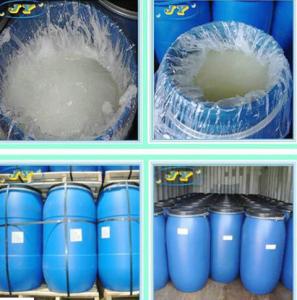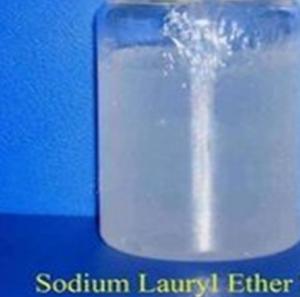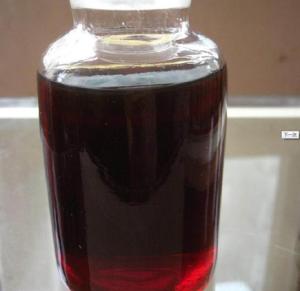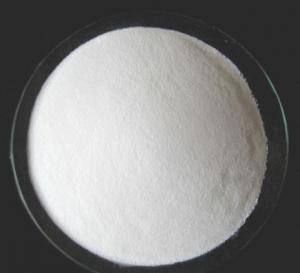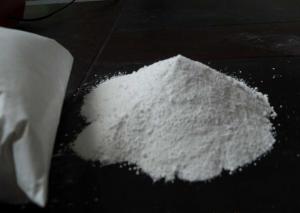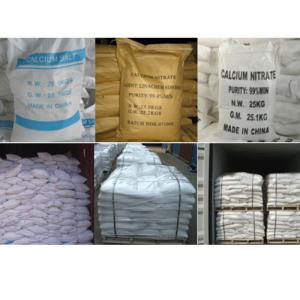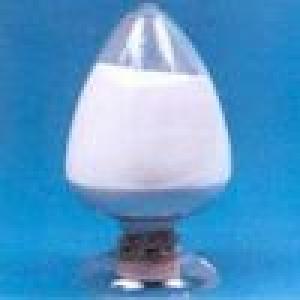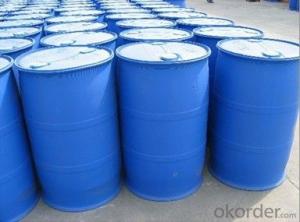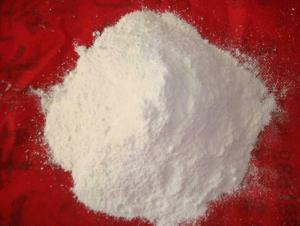SLES with Cheap Price and Best Quality with Fast Shipment
- Loading Port:
- Tianjin
- Payment Terms:
- TT or LC
- Min Order Qty:
- 17.6
- Supply Capability:
- 3000 m.t./month
OKorder Service Pledge
OKorder Financial Service
You Might Also Like
1.Structure of Sodium Lauryl Ether Sulfate70%(SLES70%) Description:
CAS No.: | 68585-34-2 |
MF: | RO(CH2CH2O)nSO3Na |
EINECS No.: | 221-416-0 |
Appearance: | White or Light Yellow Viscous |
Usage: | Cosmetic Raw Materials, Detergent |
2.Main Features of Sodium Lauryl Ether Sulfate70%(SLES70%) :
With excellent detergency,emulsification and foamability,it is easy to dissolve in water.As well as favorable hard-water resistency and high-biodegradation,it is popular with customers both at home and abroad.
3. Sodium Lauryl Ether Sulfate70%(SLES70%) Images
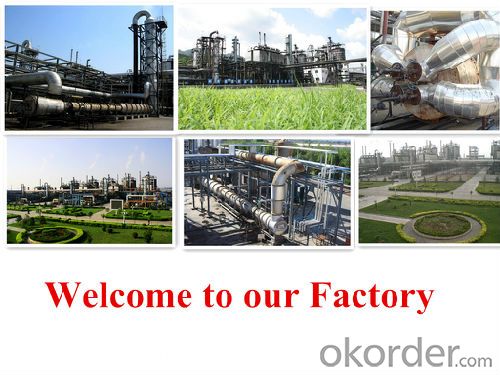


4. Sodium Lauryl Ether Sulfate70%(SLES70%) Specification
Items | Specification |
Active matter, % | 68-72 |
Free Oil,% | 3.5 max. |
Sodium sulfate, % | 1.5 max. |
1,4-Dioxane, PPM | 30 max. |
pH value ( 25 oC , 2% Am.aq.sol) | 7.0~9.5 |
Color, Hazen (5%Am.aq.sol) | 20 max. |
Chloride ion , % | 0.3 Max |
5.FAQ
1)How many tons does your factory can supply each moth?
30000tons/month
2)How to quarantee the quality of the products?
you can arrange SGS&BV or other quality inspection.
3)How many days you need to pepare the cargo after we made the order?
within 30 days.
- Q: For science I have to find out what salts are used for but when i search a salt like lithium sulphate it always comes up with "would you like to buy" could you please tell me what these salts are used for*lithium sulphate*zinc nitrate*sodium phosphate
- HI I'M PNT. LITHIUM SULFATE is a white inorganic salt with the formula Li2SO4. It is used to treat bipolar disorder. It is soluble in water, though it does not follow the usual trend of solubility versus temperature — its solubility in water decreases with increasing temperature . This property is shared with few inorganic compounds, such as the lanthanoid sulfates. Lithium sulfate crystals, being piezoelectric, are also used in ultrasound-type non-destructive testing because they are very efficient sound generators. However they do suffer in this application because of their water solubility. ZINC NITRATE: Zinc nitrate (Zn(NO3)2) is a chemical compound used as a mordant in dyeing. It is also a source of zinc ions for chemistry. An example reaction gives a precipitate of zinc carbonate:Zn(NO3)2 + Na2CO3 → ZnCO3 + 2 NaNO3. Conditions/substances to avoid are: reducing agents, organic materials, metal powders, heat and flame, cyanides, sodium hypophosphite, tin(IV) chloride, phosphorus, thiocyanates, carbon, and sulfur. Its Relative Molecular Mass is 189. SODIUM PHOSPHATE: Sodium phosphate are forms of phosphorus, which is a naturally occurring substance that is important in every cell in the body. Sodium phosphate is used to treat constipation and to clean the bowel before surgery, x-rays, endoscopy, or other intestinal procedures. Sodium phosphate enemas are also used for general care after surgery and to help relieve impacted bowels. Sodium phosphate may also be used for other purposes not listed in this medication guide REGARDS, PNT.
- Q: Are plants absorbing water and inorganic salts only through root tip or wrong? The
- This is wrong.
- Q: Does the milk contain inorganic salts?
- Calcium, phosphorus, potassium .1L milk can provide 1g of calcium, and milk calcium and phosphorus ratio of 1.2: 1, close to human milk (human milk 1: 1), digestion and absorption rate, it can ensure that the baby's calcium Need milk milk in the very few, only 0.2mg / 100g, for the human milk 1/5, the baby, such as milk-based food feeding, the need to timely add iron and vitamin C foods such as egg yolk, liver mud, In addition, the milk also contains copper, zinc, manganese, iodine, molybdenum and other trace element
- Q: Does the plant absorb some of the inorganic salt?
- Plants absorb inorganic salts and do not necessarily absorb water.
- Q: Is the inorganic salt related to the excitement
- Human or animal body nerve cells are stimulated, excited in the form of electrical signals in the nerve fiber conduction process.
- Q: The inorganic salt is composed of?
- Inorganic salts are the general term for various inorganic salts. They are composed of inorganic acid radicals and metal cations or ammonium salts, mainly salts of organic acid salts, such as sodium chloride, potassium chloride and so on.
- Q: what is the function of salts in DNA extraction?
- DNA can be purified for DNA sequencing or for restriction digestion by precipitation in an alcohol/water mixture in the presence of a high concentration of inorganic salt. DNA is recovered from the aqueous solution by addition of salt to final concentrations of 0.8M LiCl, 0.3-0.5M NaCl, NaOAc, or 2.5M NH4Ac and an appropriate volume of alcohol (30%-50% final percentage isopropanol; 60%-80% final percentage ethanol), storage for a brief period of time at -20°C or -70°C, followed by centrifugation. Subsequent desalting of the DNA pellet involves rinsing in 70% alcohol, recentrifugation and re-suspension in appropriate buffer.
- Q: The application of various inorganic salts in the human body?
- Silicon in the water was partial silicic acid form absorbed by the body, mainly distributed in human skin and connective tissue, in the process of skeleton has a physiological role in promoting the development of bone development. Silicon is also involved in the metabolism of polysaccharides, is to form some glucose The main component of the aminopolysaccharide carboxylic acid.
- Q: I am told to find which bottled mineral water brands contain the most mineral salts.But im not sure if the mineral salt here is talking about the common table salt (Sodium Chloride) or the chemical salt (ionic compounds such as sulfate and chloride) or the whole list of dietary minerals (potassium, chlorine, calcium, magnesium, ect.) I normally think it is just the table salt but im afraid I might get wrong. So what is the exact definition?
- Definition Of Mineral
- Q: People lack the inorganic salt will be what disease
- magnesium deficiency can lead to nervous tension, emotional instability, muscle tremor and so on.
Send your message to us
SLES with Cheap Price and Best Quality with Fast Shipment
- Loading Port:
- Tianjin
- Payment Terms:
- TT or LC
- Min Order Qty:
- 17.6
- Supply Capability:
- 3000 m.t./month
OKorder Service Pledge
OKorder Financial Service
Similar products
Hot products
Hot Searches
